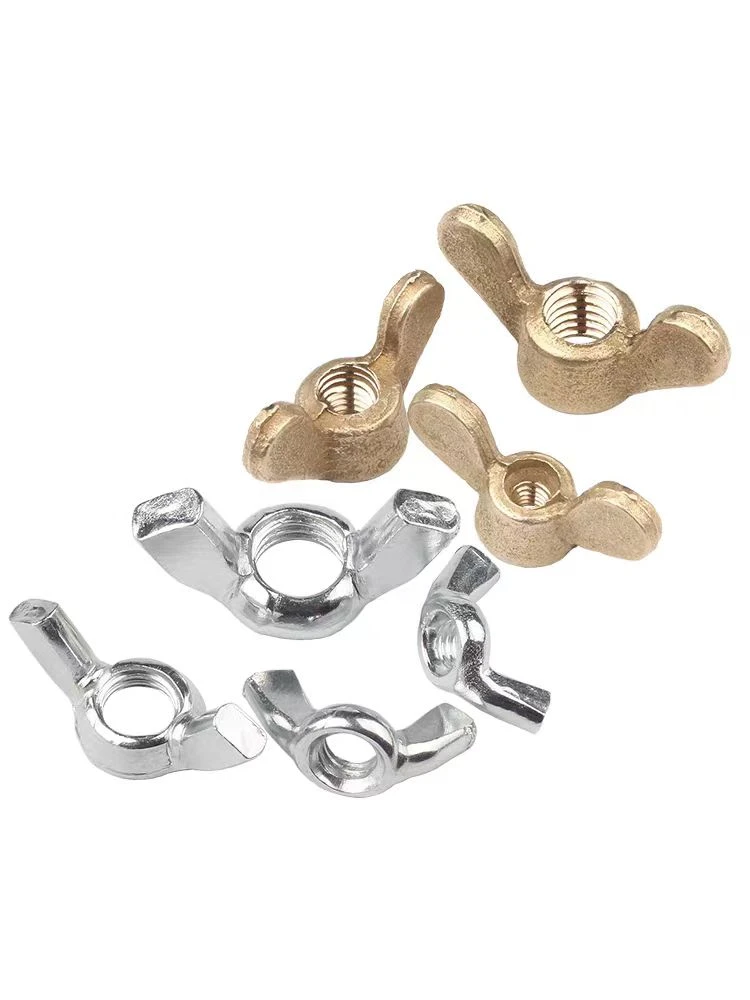

Exploring the Role of Cap Nut in Mechanical Applications and Benefits
Sep . 30, 2024 16:52 Back to list
Exploring the Role of Cap Nut in Mechanical Applications and Benefits
Understanding Cap Nut The Unsung Hero of Fastening
In the world of fasteners, the humble cap nut, often overshadowed by bolts and screws, plays a crucial yet understated role in various applications. Cap nuts, also known as acorn nuts, are a type of nut that features a rounded top, which gives them an aesthetically pleasing appearance. This design not only adds to their visual appeal but also serves practical purposes in different settings, including mechanical, automotive, and furniture assembly.
The Structure and Function of Cap Nuts
Cap nuts are typically made from materials such as steel, stainless steel, brass, or nylon, making them versatile for various environments. The closed top of a cap nut protects the threaded portion of the bolt from environmental factors such as dirt, moisture, and corrosion, enhancing the longevity of the fastening connection. This protective feature is particularly beneficial in outdoor or industrial settings, where exposure to the elements can lead to rust and degradation of standard nuts.
The internal threading of the cap nut allows it to be easily screwed onto a bolt or threaded rod, providing a secure fit. This ability to lock in place makes them an excellent choice for situations where vibration or movement can cause loosening. Moreover, cap nuts can be used in tandem with washers for added security, ensuring that components remain firmly held together.
Applications of Cap Nuts
Cap nuts are widely used across various industries, and their applications are as diverse as the materials they are made from. In the automotive sector, cap nuts are often employed to cover the ends of exposed bolts, providing both safety and aesthetics. This is particularly important in vehicles, where a polished look is essential to consumer appeal. Additionally, cap nuts help prevent injuries by covering sharp bolt ends that could otherwise pose a risk to individuals working around the vehicle.
cap nut

In furniture manufacturing, cap nuts are equally popular. They are commonly used in assembling metal frames, where the rounded top provides a smooth finish that is pleasing to the eye. By covering sharp ends, they enhance safety while maintaining a sleek design. Furthermore, the ease of installation makes cap nuts a preferred choice in flat-pack furniture, where many components need to be assembled by the consumer.
Advantages of Using Cap Nuts
One of the primary advantages of cap nuts is their aesthetic appeal. The clean, rounded finish is often more visually attractive than regular nuts, making them ideal for applications where appearance matters. This is particularly true in home decor and design, where the look of an object can be just as important as its functionality.
Another benefit is their protective function. By shielding the end of a threaded bolt, cap nuts extend the lifespan of both the nut and the attached components. This protection is vital in preventing wear and tear from weather conditions or physical contact, thus ensuring the integrity of the installation over time.
Cap nuts are also easy to install and remove, making them user-friendly. Their straightforward design requires minimal tools, allowing for quick assembly and disassembly. This convenience is especially valuable in maintenance scenarios, where parts may need to be frequently accessed or replaced.
Conclusion
In conclusion, while cap nuts may not command the same recognition as their more prominent fastener counterparts, their importance cannot be understated. From providing a clean finish to protecting against wear and tear, these nuts serve multiple functions, making them an invaluable component across various industries. Understanding the role and advantages of cap nuts can enhance both the design and functionality of projects, ensuring durability and aesthetic appeal in equal measure. As we continue to explore advancements in engineering and design, let us not forget the significance of these unsung heroes of fastening.
Latest news
-
MS Slotted Channel Fasteners Durable, Pre-Galvanized Mild Steel
NewsApr.29,2025
-
High-Strength Self Tapping Screws for Cast Iron Fast Installation & Durability
NewsApr.29,2025
-
Mild Steel Slotted Channel & Fasteners - Durable, Adjustable Solutions
NewsApr.28,2025
-
ISO Spring Washer - Secure, Durable Fastener with ISO Compliance ISO Spring Washer
NewsApr.28,2025
-
Mild Steel Stud Bolt Fasteners - High Strength & Corrosion Resistant
NewsApr.28,2025
-
M6x45 Shear Bolt - High-Strength Safety Fastener
NewsApr.28,2025

